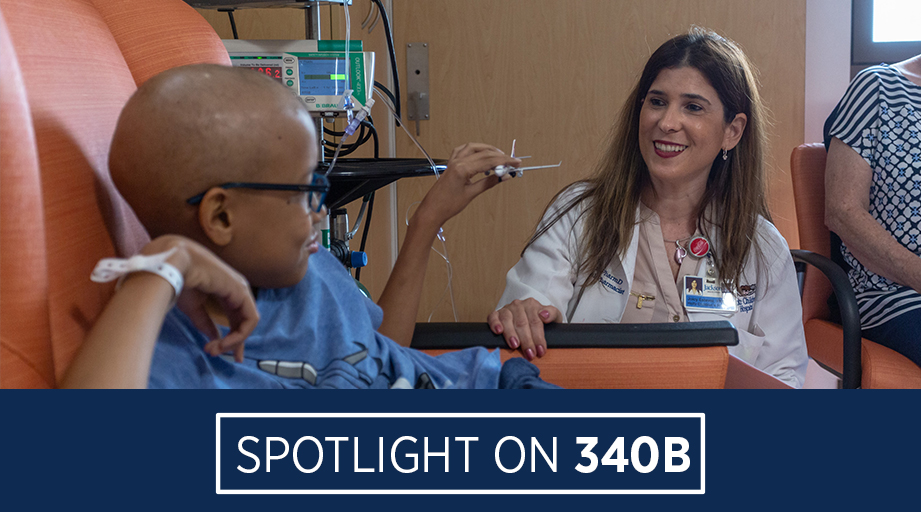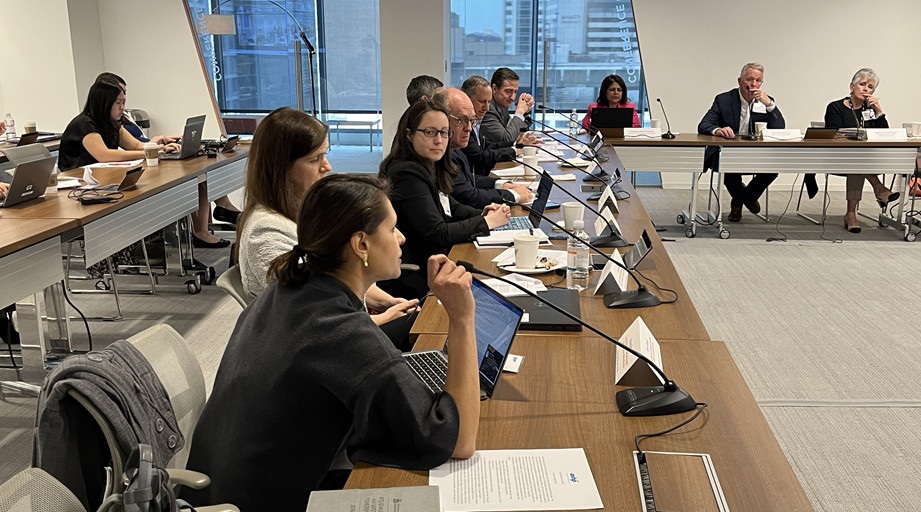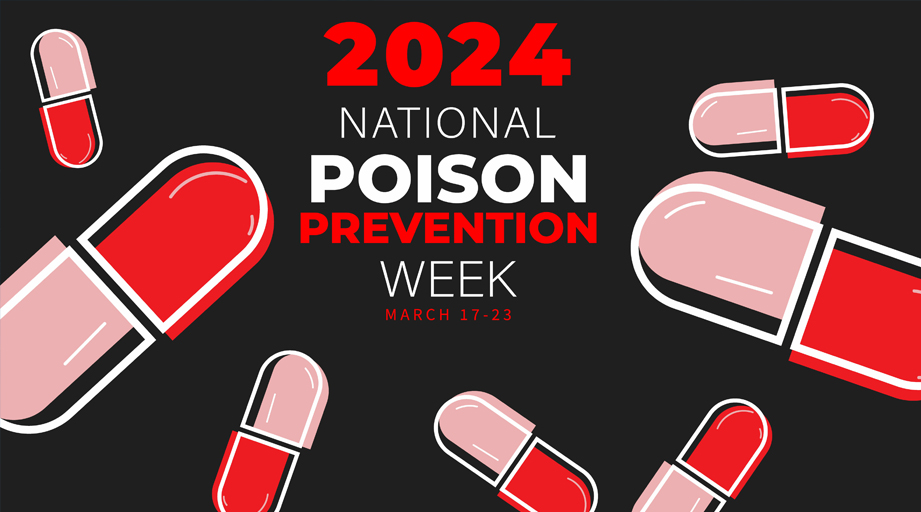
A recent survey of critical care pharmacists finds a high degree of burnout syndrome and suggests that the problem can affect practitioners at the start of their career.
“It’s the practitioners of less than five years — that’s who you really have to worry about,” said Amanda M. Ball, Clinical Manager of Clinical and Patient Care Services at Duke University Hospital in Durham, North Carolina.
Ball presented results from a nationwide survey of burnout syndrome in critical care pharmacists during a poster session at ASHP’s 2018 Midyear Clinical Meeting in Anaheim, California.
The survey found that 64 percent of 193 respondents met criteria for a high degree of burnout. Ball said that figure seemed high but is perhaps unsurprising in critical care settings.
“There’s a lot of quick decision making that needs to be done, there’s a lot of life and death,” she said. “There are often these high periods of go-go-go intensity where you don’t have time to stop, you don’t have time to take a break, to eat, to do anything. Because patients need you.”
The survey didn’t identify a statistically significant risk factor for burnout in critical care pharmacists. But Ball said the overall extent of burnout combined with the fact that 43 percent of respondents had been in practice for less than five years is a potential red flag for the well-being of new pharmacy practitioners.
The National Academy of Medicine (NAM) defines burnout as a syndrome characterized by “a high degree of emotional exhaustion, depersonalization, and a low sense of personal accomplishment at work.” According to NAM, rates of burnout are high among clinicians, including pharmacists, and the problem places an “unsustainable strain” on the U.S. healthcare system. ASHP is a sponsor of the NAM Action Collaborative on Clinician Well-Being and Resilience and provides resources on those topics.
Ball said she became interested in studying burnout about four or five years ago while attending a session on the topic at a professional conference.
“They presented literature on physician burnout and nursing burnout. And I thought, ‘OK, here comes pharmacist burnout.’ And they sort of skipped over it,” she recalled. “So I started Googling it on my phone, and I realized there was nothing on it.”
Ball was working in a medical intensive care unit at that time. “I was feeling a lot of what they were describing in that talk,” she said.
Ball and coauthors reported in a supplement to the Dec. 1, 2018, issue of AJHP that 53 percent of health-system pharmacists at a large multistate hospital network met criteria for a high degree of burnout.
For that project and the later study of critical care pharmacy, the team used the Maslach Burnout Inventory–Human Services Survey (MBI–HSS), a validated instrument that addresses feelings of emotional exhaustion, depersonalization, and personal accomplishment.
In all, 37 percent of 329 health-system pharmacists who responded to the earlier survey had scores indicating a high degree of emotional exhaustion, 32 percent scored high on having feelings of reduced personal accomplishment, and 20 percent scored high on depersonalization. Fifty-three percent of respondents scored high on burnout in at least one of the three areas, 19 percent scored high in two areas, and nine percent scored high in all three.
Ball said that survey identified a modifiable risk factor for burnout syndrome — the lack of available resources that promote resiliency and pharmacists’ lack of knowledge about the availability of such resources. In all, 17 percent of respondents said their facility had resources to address burnout, and 4 percent had used those resources within the past year.
Fifteen percent of respondents in the later survey of critical care pharmacists said their workplace had resources about burnout syndrome. But there was no statistical association between resource availability and burnout in that population.
Nevertheless, Ball said, she’s convinced that hospitals should make resources to avoid burnout readily available to staff and encourage people to use them.
Kelly L. Moran, Chief of Pharmacy for the Sheridan, Wyoming, Department of Affairs (VA) Medical Center, said her department takes active steps to reduce burnout and to ensure that all staff members have resources to promote resiliency.
Once each quarter, she said, the department holds a “Pharmacy Training Day” during which all 30 pharmacists and pharmacy technicians listen to presentations on popular workplace and wellness topics.
“They have been very successful,” Moran said of the training days. “The staff really enjoy taking a break ... and just doing something different.”
Moran said the quarterly training activities were developed in response to an increase in depersonalization and overall burnout scores among pharmacy staff who completed VA’s 2016 all employee survey (AES).
AES is distributed each June and, like the MBI–HSS, includes questions about employees’ feelings of exhaustion, depersonalization, and personal achievement.
“Our facility ... director has put a lot of emphasis on the all employee survey and really has challenged each of her service teams to come up with innovative ideas in order to improve employee engagement,” Moran said.
According to data Moran presented during a poster session at ASHP’s 2018 Midyear Clinical Meeting, the AES scores for depersonalization and burnout improved in fiscal year 2017 compared with the previous fiscal year. At the time the 2017 AES was distributed, two pharmacy training days had been held.
Moran said the training day presentations cover staff-requested topics and are organized into two blocks of three hours each so that all pharmacy personnel can attend a session without disrupting the department’s essential activities.
Some presentations are hands-on, such as a visit from members of a local massage school who provided massages to the pharmacy staff. Other wellness-related activities have included presentations on meditation, self care, and active listening.
“We’re very fortunate here that ... we have a lot of resources within our facility that we can utilize,” Moran said. “We have several psychologists that have come in to talk with us.”
She said one psychologist performed a tea ceremony that the staff found beneficial for practicing mindfulness.
Training day activities related to the workplace have included presentations on customer service, promotion opportunities, duress and code procedures, and battlefield acupuncture. Also included are team-building and morale-boosting events such as scavenger hunts, walking tours, chili and cookie cook-offs, cider and espresso bars, and ice cream sundaes.
Moran said the training days underscore the importance of listening to staff and “having your employees know that you really do care about them and ... that you support them.”
[This news story appears in the May 1, 2019, issue of AJHP.]







